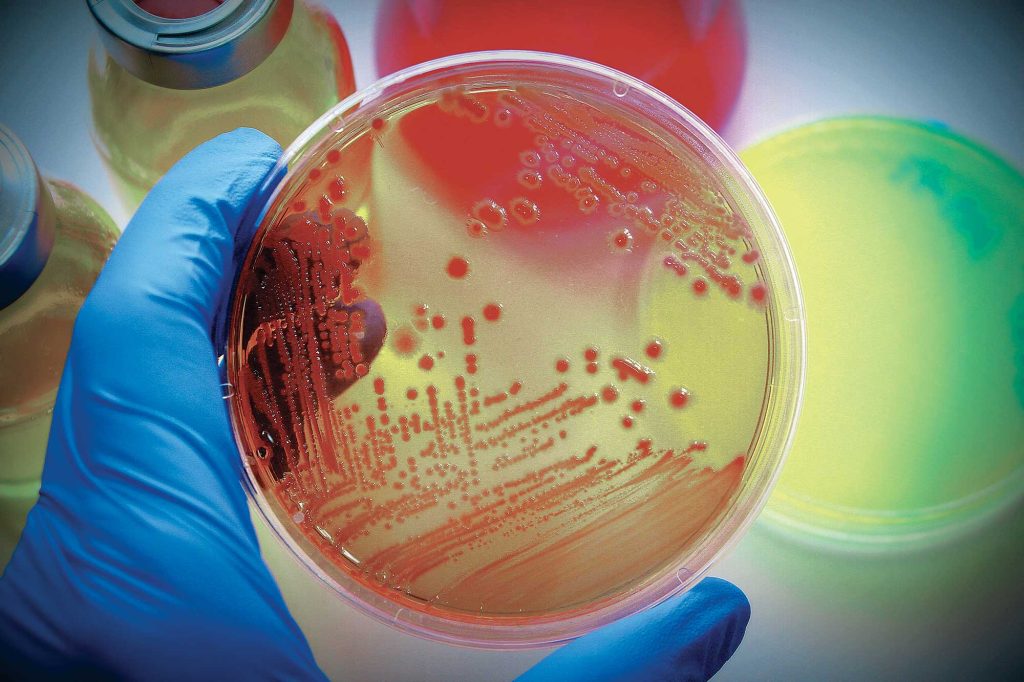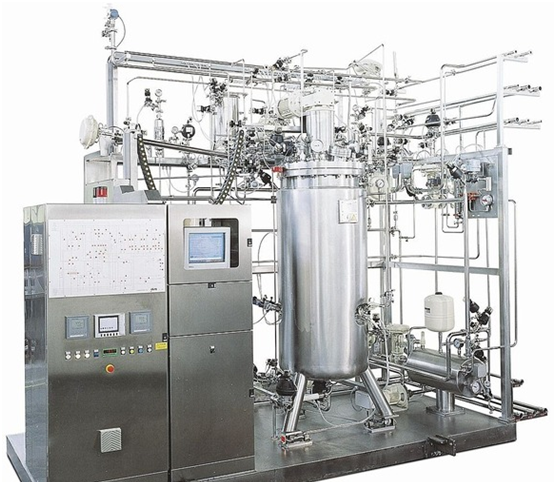Both prokaryotic and eukaryotic organisms including plants, animals and microorganisms are used for biotechnological manipulations. Whole animals and plants are manipulated through genetic engineering to produce transgenic animals and plants respectively. In addition, bacteria and other eukaryotic cells have been genetically manipulated to produce non-microbial products such as human growth hormones, insulin, interferon, mammalian proteins and genes typical of which is insulin (hormone that regulates the blood sugar level) that can now be produced in large amounts through a genetically modified bacterium (Escherichia coli) or fungi (yeast). For the production of insulin in commercial quantities, the gene for human insulin is inserted into yeast or bacteria, from which large quantities of the human insulin are manufactured biotechnologically. Microorganisms used for biotechnological processes are in any of the following categories:
- Archaea
- Bacteria
- Fungi
- Algae
- Viruses
Specific strains of any of the above microorganisms can be used for biotechnological applications. Finding the right strain of microorganism to use for a biotechnological process is something of a herculean task as not all strains of a particular organism can be employed or genetically manipulated to produce a desired product. Through biotechnological tools, the gene expression of a particular organism can be engineered and modified to start producing a product of commercial interest. But such organism must meet certain criteria for it to be qualified as a tool for biotechnological processes. Some of the qualities sought for when choosing microorganisms for biotechnological processes may include any of the following:
- Microorganisms with high growth rate that do not produce viscous culture broth are chosen.
- The organism must be able to produce desired products.
- The organism must be genetically stable.
- It must be genetically amenable and be easily manipulated.
- The organism must be able to degrade pollutants or convert them to environmentally-friendly compounds. This applies to environmental biotechnology.
REASONS FOR USING MICROORGANISMS FOR BIOTECHNOLOGICAL PROCESSES
Several reasons abound why microorganisms are often the organisms of choice in many biotechnological processes.
- Microorganisms have a high growth rate.
- They have simple nutrient requirement which are easily accessible.
- Microorganisms possess a wide variety of potentially useful metabolic pathways and biochemical processes that can be manipulated for improved industrial applications.
- They have simple genetic systems that can be altered through genetic engineering techniques.
- Their systems are simple and their regulatory processes have been well documented.
- Microorganisms are very amenable to genetic manipulations and they are cost-effective and easily sourced from the environment for industrial production.
References
Bains W (1998). Biotechnology: From A to Z. 2nd ed. Oxford University Press, New York, USA.
Bourgaize D, Jewell T.R and Buiser R.G (1999). Biotechnology: Demystifying the Concepts. Pearson Education, San Francisco, CA.
Brian Robert Shmaefsky (2006). Biotechnology 101. Greenwood Publishing Group, Inc, USA. Pp. 1-273.
Bushell M.E (1998). Application of the principles of industrial microbiology to biotechnology (ed. Wiseman, A.) Chapman and Hall, New York. Pp. 5–43.
Byong H. Lee (2015). Fundamentals of Food Biotechnology. Second edition. Wiley-Blackwell, New Jersey, United States.
Clark D.P and Pazdernik N (2010). Biotechnology. First edition. Elsevier Science and Technology Books, Amsterdam, Netherlands.
Das H.K (2010). Textbook of Biotechnology. Fourth edition. Wiley edition. Wiley India Pvt, Ltd, New Delhi, India.
Dictionary of Microbiology and Molecular Biology, 3rd Edition. Paul Singleton and Diana Sainsbury. 2006, John Wiley & Sons Ltd. Canada.
Glick B.R and Pasternak J.J (2003). Molecular Biotechnology: Principles and Applications of Recombinant DNA. ASM Press, Washington DC, USA.
Godbey W.T (2014). An Introduction to Biotechnology. First edition. Woodhead Publishing, Cambridge, United Kingdom.
Discover more from #1 Microbiology Resource Hub
Subscribe to get the latest posts to your email.



